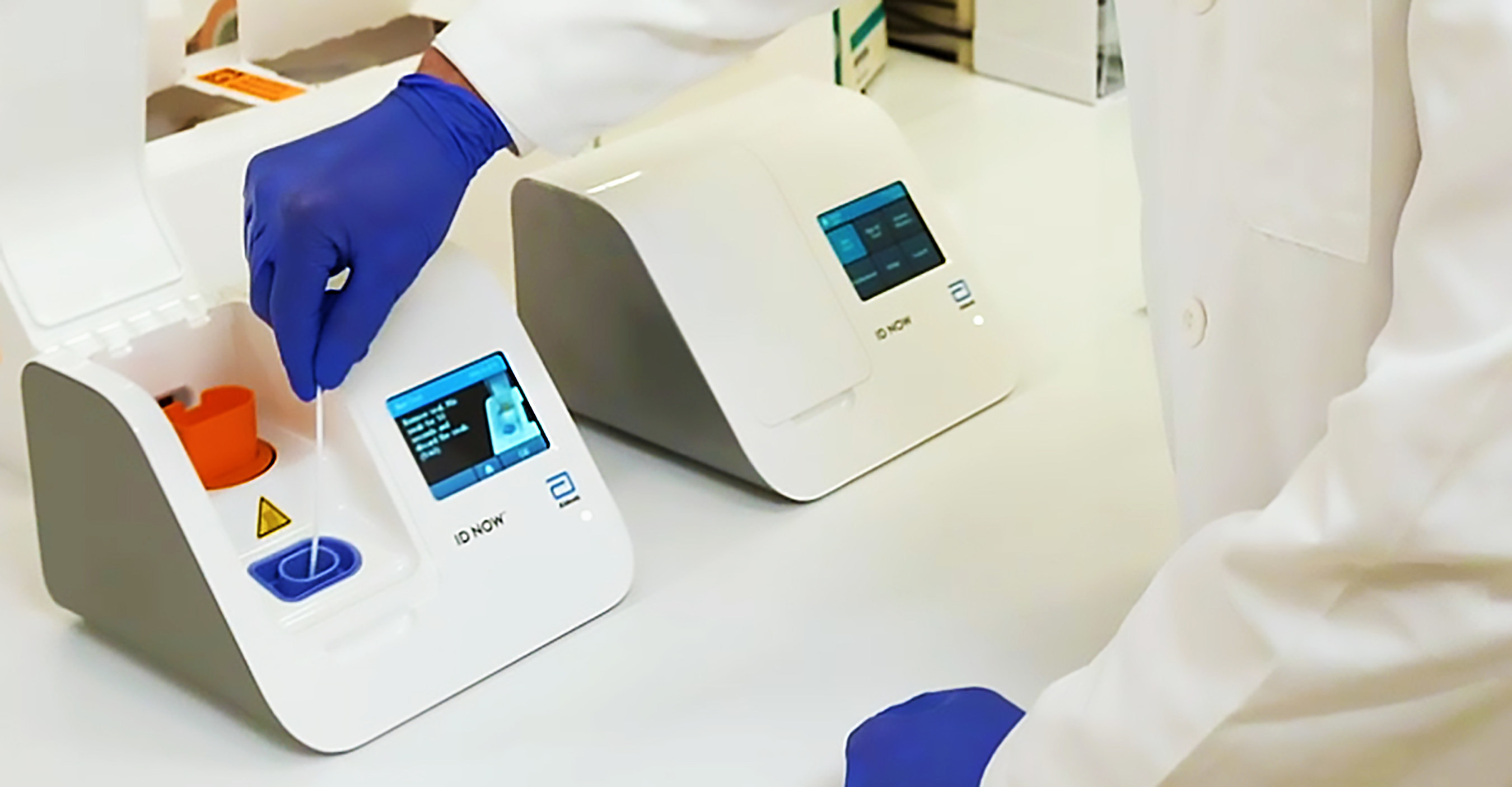Lateral Flow Assay for Mycoplasma gallisepticum in Chickens
The lateral flow assay (LFA) is a rapid diagnostic test used to detect the presence of Mycoplasma gallisepticum in chicken populations. This bacterium can cause respiratory diseases, reducing poultry productivity and increasing economic losses for farmers.
Mycoplasma gallisepticum is one of the most significant pathogens affecting chickens worldwide. It primarily causes chronic respiratory disease (CRD), a condition characterized by coughing, sneezing, and tracheitis. The infection can be spread through contaminated feed, water, or air, making its control critical for maintaining flock health.
The LFA test is particularly useful in point-of-care settings where quick results are essential. It allows for on-site testing without the need for complex laboratory equipment, thereby facilitating timely interventions to prevent disease spread. The assay typically involves collecting a swab sample from the chicken’s trachea or air sac and applying it onto a test strip.
The test mechanism relies on specific antibodies that bind to antigens of M. gallisepticum present in the sample. A positive result is indicated by the presence of a colored line, representing the detection of the target antigen. The assay's simplicity makes it suitable for non-specialist personnel to perform.
One key advantage of LFAs over other diagnostic methods like PCR or culture-based assays is their speed and ease of use. Results can be obtained within minutes, allowing for immediate quarantine measures if necessary. This rapidity enhances the efficiency of disease management strategies in poultry farms.
The test's accuracy has been validated through numerous studies and aligns with international standards such as ISO 15146-7:2016, which specifies performance requirements for lateral flow devices used in food safety. These tests are designed to ensure consistent reliability across different brands and models.
Another benefit of the LFA is its cost-effectiveness compared to more sophisticated diagnostic techniques. The low material costs associated with LFAs make them a viable option even for smaller farms or regions with limited resources.
To achieve optimal results, proper specimen collection and preparation are crucial. Farmers should ensure that samples are collected from representative birds within the flock and stored at appropriate temperatures until testing. Additionally, adherence to manufacturer guidelines ensures accurate and reliable test outcomes.
Customer Impact and Satisfaction
The implementation of LFA for Mycoplasma gallisepticum detection has significantly improved the management strategies in poultry farms. By providing quick, on-site results, farmers can implement control measures promptly, thereby reducing the risk of disease spread.
A study conducted by the World Organization for Animal Health (OIE) reported a 30% reduction in CRD prevalence among flocks where LFAs were regularly used. This decrease translates to improved flock health and increased productivity. Farmers have expressed high satisfaction with the ease of use and accuracy of these tests.
Moreover, the availability of rapid diagnostic tools like the LFA has enhanced biosecurity measures. Early detection allows for targeted interventions such as culling or treatment, minimizing the need for widespread prophylactic treatments which are often less effective and more costly.
The economic benefits extend beyond individual farms to entire sectors. By reducing disease incidence, LFAs contribute to a healthier poultry industry overall. This, in turn, supports global food security by ensuring the supply of high-quality meat products.
International Acceptance and Recognition
- The lateral flow assay for Mycoplasma gallisepticum meets stringent international standards such as ISO 15146-7:2016. This standard ensures that the tests are reliable, accurate, and consistent across different manufacturers.
- World Health Organization (WHO) guidelines recommend LFAs as part of integrated disease surveillance programs in poultry farms.
- The Food and Agriculture Organization (FAO) has endorsed LFAs for their role in improving biosecurity practices globally.
- European Union directives on animal health also recognize the value of rapid diagnostic tests like LFAs, particularly in countries with high poultry production.
Use Cases and Application Examples
The lateral flow assay for Mycoplasma gallisepticum is widely used in various settings:
Veterinary Clinics: Veterinarians use LFAs during routine health checks to identify potential outbreaks early. This proactive approach helps prevent the escalation of minor infections into major epidemics.
Poultry Farms: Farmers employ LFAs at entry points and within flocks to monitor disease prevalence continuously. Regular testing ensures that any new introductions are quickly identified and managed before they can spread.
Research Laboratories: Researchers use LFAs to study the epidemiology of CRD, helping to develop better understanding and control strategies for this disease.
Export Compliance: Exporting countries often require proof of negative results from LFAs as part of their export certification process. This ensures that only healthy birds are exported, maintaining international trade standards.





